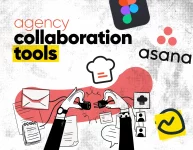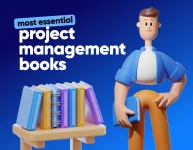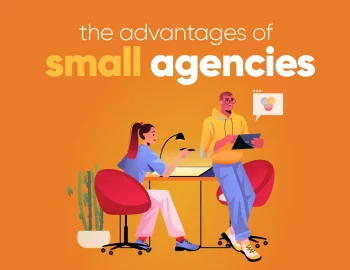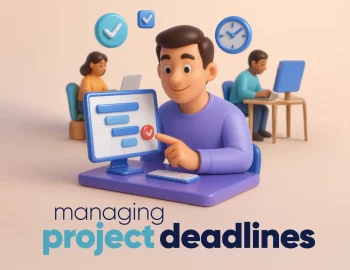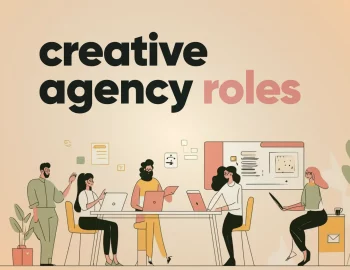There’s nothing quite like the sinking feeling of realizing a client isn’t going to pay, especially after you’ve poured your heart, soul, and countless hours into their project, leaving you scratching your head, wondering what to do. It’s frustrating, awkward, and honestly, a little defeating. But you’re not alone, and you don’t have to handle it with panic or passive frustration.
Whether a client is ghosting you, dragging their feet, or avoiding your invoice like it’s the plague, there are steps you can take – calmly, professionally, and with your dignity fully intact. Let’s walk through what to do when a client doesn’t pay, and how to protect yourself in the future.
Steps to take when a client doesn’t pay
1. Take a breath first (not joking here)
Before doing anything else, pause and take a deep breath. No matter how frustrating or triggering the situation feels in the moment, it’s important to ground yourself emotionally before you jump into action. Panicked decisions or emotional emails can escalate the issue or lead to miscommunication, which isn’t helpful for either party.
Start by checking the basics. Was the payment date clearly communicated on the invoice? Is it actually overdue, or is it simply close to the deadline? Sometimes it’s an honest mistake or a genuine delay due to internal processes, forgetfulness, or even tech hiccups.
This mindset and giving yourself a moment to re-center and gather facts also reminds you: this isn’t personal. It’s business. And every freelancer faces this challenge sooner or later. How you respond is where your strength shows.
2. Review your contract (or lack of it)
If you sent over a contract before kicking off the project, now’s the time to revisit it. Think of your contract as your safety net – it’s what defines the working relationship, payment expectations, delivery terms, and consequences if either party trips.
Look specifically for these details:
- Payment due dates
- Late fee clauses
- Ownership transfer terms (do they own the files before paying?)
- Termination or breach terms
This document gives you the leverage and confidence to follow up with clarity. If you didn’t use a contract (or used a vague one), don’t beat yourself up. Many freelancers start that way – just see this as a turning point.
If you used email to confirm payment terms instead of a formal contract, that can still count. Search your inbox for anything that confirms pricing, deliverables, and deadlines. Documentation matters even if it’s informal.
3. Send a friendly, professional reminder
Once you’re calm and clear on the terms, it’s time to reach out. Your first message should always assume good intentions. People forget, emails get buried, and sometimes they simply lose track. So this one should be easygoing, but still make your expectations clear.
Here’s a go-to ‘Friendly reminder message’ template you can personalize:
Subject: Quick Reminder: Invoice #0001 Due
Hi [Client’s Name],
Just a friendly reminder about the invoice for [Project Name], which was due on [Due Date]. Totally understand how things can get missed, so I’ve reattached it here in case it got buried.
Let me know if you need anything from me to get this wrapped up!
Thanks so much,
[Your Name]
Timing matters here. Follow up 2-3 business days after the due date, giving the benefit of the doubt without sounding passive. This keeps communication open and positive.
Also, double-check that your invoice system worked, as sometimes clients never receive the invoice because of spam filters or incorrect email addresses.
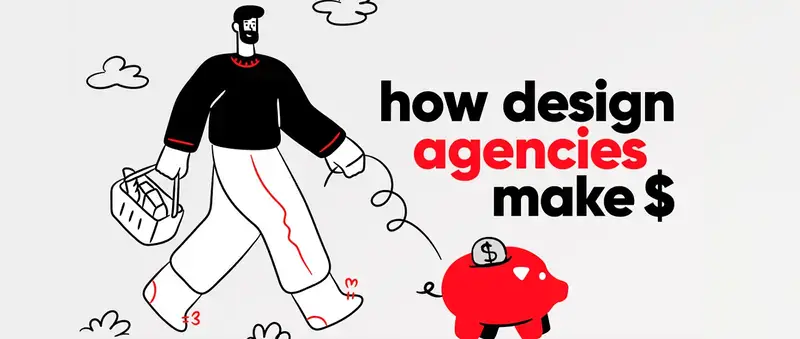
4. Follow up again – this time more firmly
If you don’t get a response within a few days of your first reminder, it’s time to send a second message – firmer in tone but still respectful. At this point, you’re not just reminding them; you’re establishing that you take your business seriously and expect payment as agreed.
Here’s what your ‘Firm follow-up message’ can sound like:
Subject: Follow-Up: Invoice Still Outstanding
Hi [Client’s Name],
I’m following up again on the invoice for [Project Name], which is now [X days] overdue. As outlined in our agreement, I kindly ask that payment be made by [New Deadline] to avoid late fees or interruption to the project.
Please confirm when it’s been processed. I’d like to resolve this promptly.
Best,
[Your Name]
This is your way of balancing professionalism and firmness. You’re giving them a clear window to resolve things without letting it drag on.
5. Withhold final files or pause work
Still haven’t received payment? Then it’s time to enforce a boundary. One of the most effective things you can do is simply stop working or hold onto final deliverables until you receive the missed payment.
If the project is in progress:
- Pause work and let them know clearly that no further steps will be taken until payment is settled.
If the project is done:
- Don’t send final files, remove access to deliverables (if shared via cloud tools), and withhold any usage rights until the outstanding invoice is paid in full.
This is why having clear contract language like “payment upon final delivery” or “files released after final payment” is so helpful. It protects your time and your work.
You can say:
I’ll be happy to send over the final files once the invoice is settled. Just let me know when payment is made, and I’ll send everything your way right away.
Being generous with your creativity doesn’t mean letting people take advantage of it. Respecting your boundaries encourages others to do the same.
6. Charge late fees (if stated in your terms)
If your contract includes a clause about late payment fees or penalties, now is the moment to enforce it. Even something as small as a 1.5% monthly fee signals that you take your timelines seriously.
Late fees can do two things:
- Compensate you for the additional time and stress
- Motivate the client to prioritize your payment
Here’s how to phrase it in a follow-up:
“As per our agreement, a late fee of [X% or flat amount] will be added if overdue payment isn’t received by [New Deadline]. I appreciate your attention to this.”
If you didn’t include a late fee clause, take this as your reminder to include one in all future contracts. It’s not about being too strict or punitive; it’s about setting expectations.
Also, make it easy for clients to pay you – include links or multiple payment options (PayPal, bank transfer, Stripe, etc.) to remove all friction.
7. Offer a payment plan (optional)
Every situation is different. If the client does respond and explains they’re going through financial difficulties, offering a payment plan can be a graceful middle ground. It helps you get paid something while keeping the lines of communication open.
You could say:
“I understand things might be tight right now. To make this easier, I’m happy to split the total into [2 or 3] smaller payments. We can start with [Amount] due by [Date], and I’ll hold off on final delivery until the first payment is received.”
Make sure this is documented in writing (email is fine), and always confirm that future payments will come at specific intervals. Use invoice software that supports partial payments or recurring billing if possible.
Offering flexibility can go a long way, but try to avoid extending endless grace without commitment. Also, clarify that rights to the work only transfer once payment is complete.
8. Consider seeking legal action or debt-collection agencies
If you’ve followed up multiple times, offered solutions, sent a final demand letter, and still hear nothing, you may need to escalate. And while the idea of legal steps may sound intimidating, sometimes just mentioning them is enough to spark action.
Here are a few paths to consider when invoices remain unpaid:
- Small claims court: Ideal for invoices under a certain dollar threshold (varies by state). It’s relatively affordable and doesn’t always require a lawyer.
- Freelance-friendly collections agencies: You can hire a debt collection service that specializes in recovering unpaid invoices for creative professionals. They often work on a percentage of the amount recovered.
- Legal final demand letters: Having an attorney write a formal payment demand can prompt non-paying clients to take care of past due invoices quickly. Freelancers Union and platforms like LawGood can help here.
- Freelancer protection platforms: Tools like Fiverr Workspace, Bonsai, or HoneyBook offer support with contract enforcement and late payments, and often have an invoicing system.
Just remember:
Pursuing legal action and hiring a collection agency is a last resort. But it is a valid and professional one. Don’t feel guilty for protecting your livelihood. Also, keep copies of every email, invoice, and message, as having documentation is key if things move into legal territory.
How to prevent late payments in the future?
No freelancer wants to chase down money. The good news? You can put processes in place to help reduce the chances of late payments or non-payment entirely.
Strengthen your process:
- Always use a contract. Make sure it includes clear delivery and payment terms and deadlines, late fee clauses, and a cancellation fee.
- Require a deposit before starting work – ideally, 30-50% payment upfront.
- Offer an early payment discount.
- Tie deliverables to payment milestones, especially for longer projects.
- Use tools that automatically send invoice reminders and track who’s opened them.
Spot the red flags early:
- Clients refusing to sign a contract or trying to rush into the project without details are usually the non-paying ones.
- Vague communication around budget or payment timelines.
- “Exposure” offers or overall unclear compensation.
- Delay in paying the deposit.
- Frequent changes to the scope before payment.
Trust your instincts: If something feels off during the discovery phase or you sense disorganization, listen to that. It’s okay to walk away from a red flag client before things go sideways.
Set the tone early: Explain your payment terms clearly to foster open communication straight from your intro call or proposal. Use confident, friendly language like: “To secure your spot in my schedule, I require a 50% deposit before we begin.”
Creating these boundaries doesn’t make you demanding – it makes you professional. And clients who respect your process are much more likely to pay on time.
Bonus: Copy and paste scripts for tricky payment situations
When you’re dealing with overdue invoices, the last thing you want to do is agonize over what to say. So, I’m sharing with you examples you can personalize based on the tone and stage of the situation. I already covered the ‘Friendly payment reminder’ and ‘Firm follow-up’ messages, and here are the scripts for the next steps:
• Pause Project Message
Subject: Pausing Work on [Project Name] – Awaiting Payment
Hi [Client’s Name],
I wanted to follow up regarding the outstanding invoice for [Project Name], originally due on [Due Date]. As payment is still pending and per the terms outlined in our agreement, I’ll be pausing all work on the project until the invoice is settled.
Once payment is received, I’ll be happy to resume work and move things forward quickly. I’ve reattached the invoice here for your convenience.
If there’s been a delay or issue on your end, feel free to let me know – happy to find a way forward together.
Thanks again,
[Your Name]
• Payment Plan Offer
Subject: Flexible Payment Option
Hi [Client’s Name],
I understand that things might be tight at the moment. If it helps, I’m open to setting up a payment plan to ease things ahead. We could break the total into [2 or 3] payments, with the first [Amount] due by [Date].
Let me know if this works for you, and we’ll map out the next steps.
Thanks,
[Your Name]
• Final Warning Before Legal Action
Subject: Final Notice: Payment Required
Hi [Client’s Name],
Despite multiple reminders, the invoice for [Project Name] remains unpaid. If payment isn’t received by [Final Deadline], I’ll be forced to explore formal recovery options, including debt collection agencies or legal assistance.
I’d much prefer to resolve this directly and professionally, so please let me know if there’s anything I can do to assist.
Thank you,
[Your Name]
With these ready-to-go scripts on hand, you can respond professionally and confidently, without letting emotions get in the way.
Bottom line
Handling non-payment isn’t fun, but it doesn’t have to leave you feeling helpless or bitter. Every freelancer has gone through it at some point, but the important part is learning how to navigate it with confidence and care.
You are a professional. You deserve respect, communication, and compensation for your work. And next time? You’ll be even more prepared.
Well, now that you know what to do when a client doesn’t pay, enjoy our other helpful articles to further level up your skills:


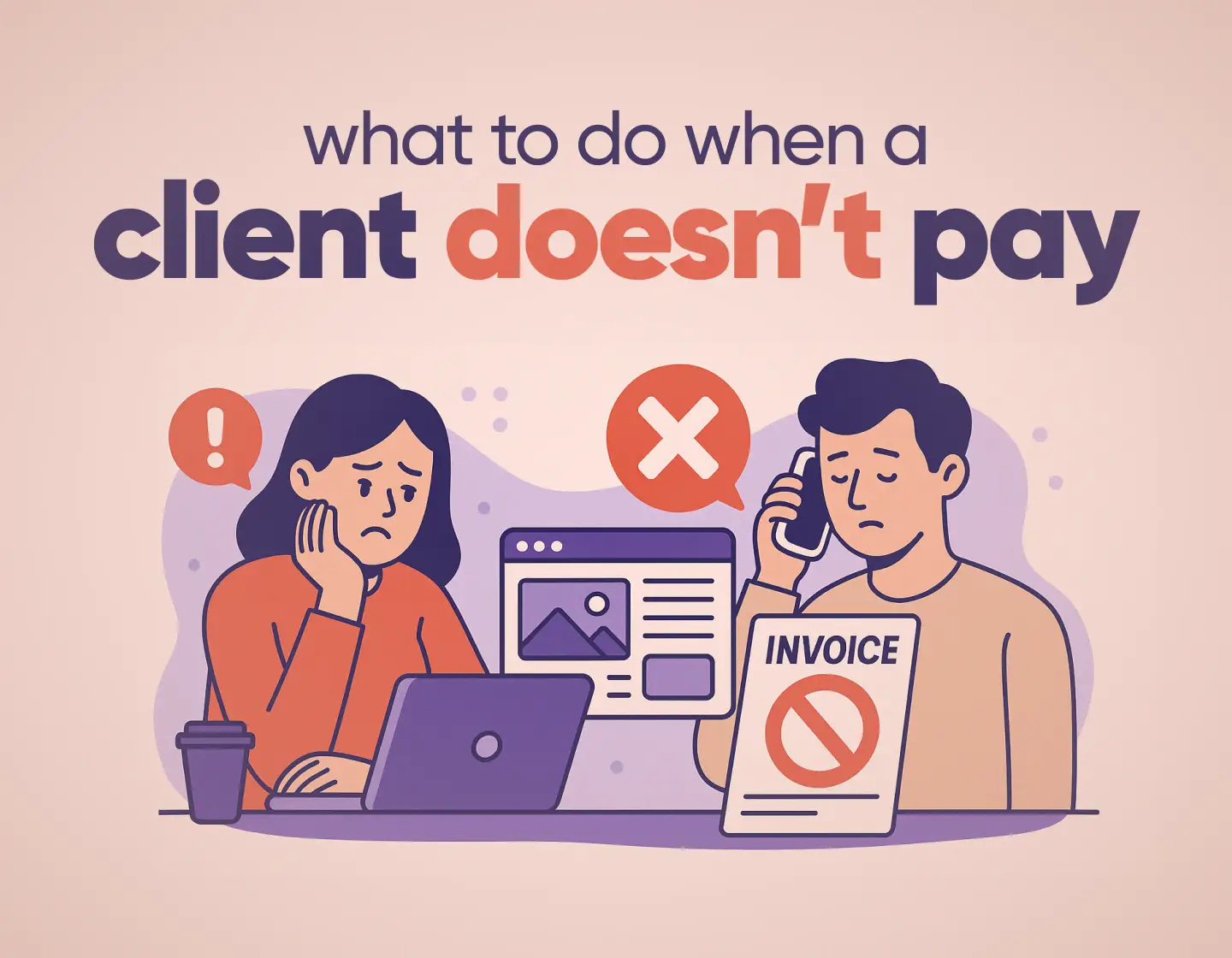
![15 Tips for Effective Communication With Clients [That Actually Work]](https://reallygooddesigns.com/wp-content/uploads/2025/04/tips_for_effective_communication_with_clients-193x150.webp)
